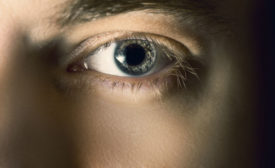Home » health
Articles Tagged with ''health''
KFC to change antibiotic policies for its chickens
Drugs in food supply lead to drug-resistant infection epidemic in humans
April 19, 2017
Diabetes type 1 and 2 on the rise among kids, teens
Fastest increase seen among racial/ethnic minority groups
April 18, 2017
Never miss the latest news and trends driving the safety industry
eNewsletter | Website | eMagazine
JOIN TODAYCopyright ©2024. All Rights Reserved BNP Media.
Design, CMS, Hosting & Web Development :: ePublishing







